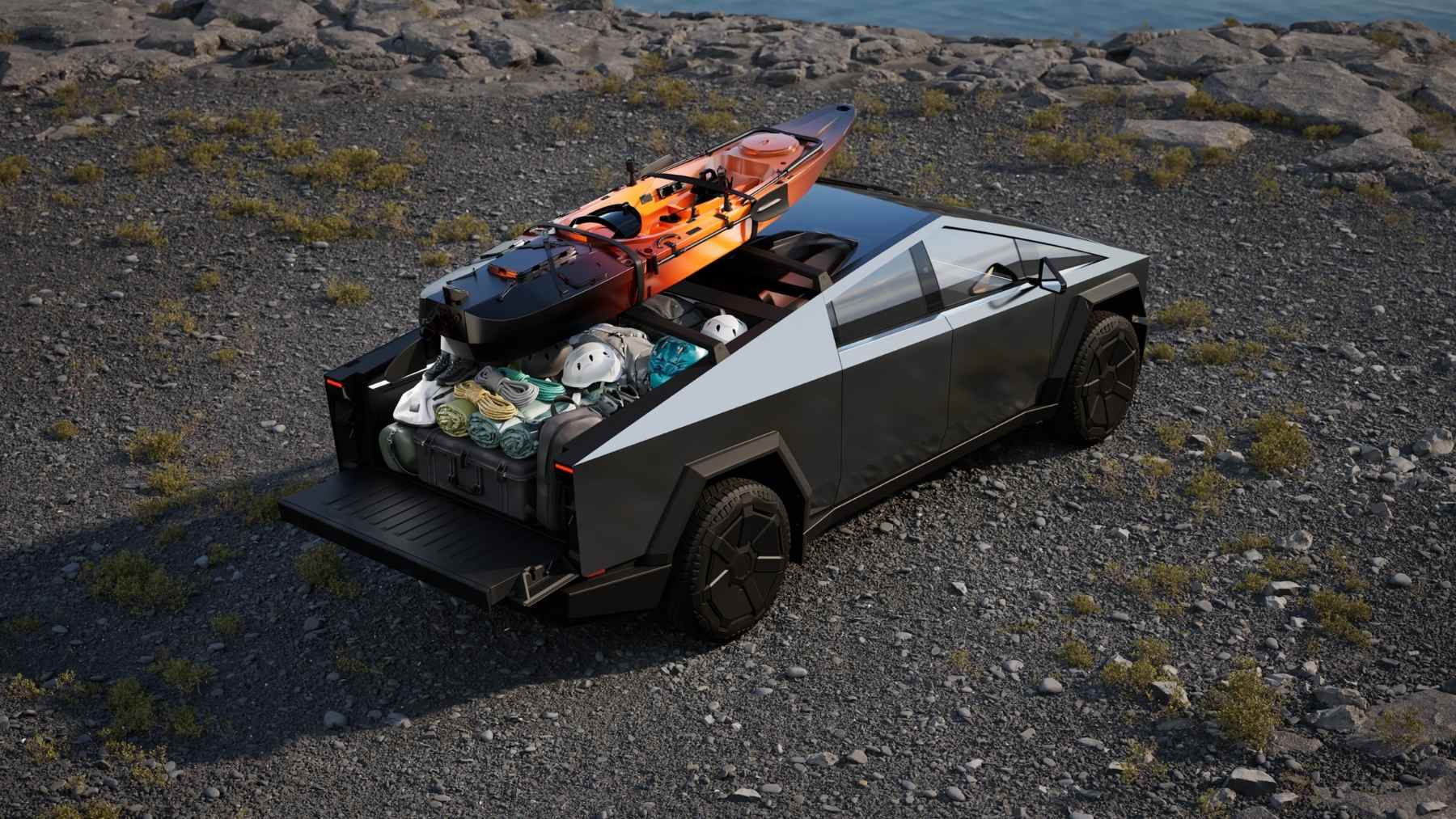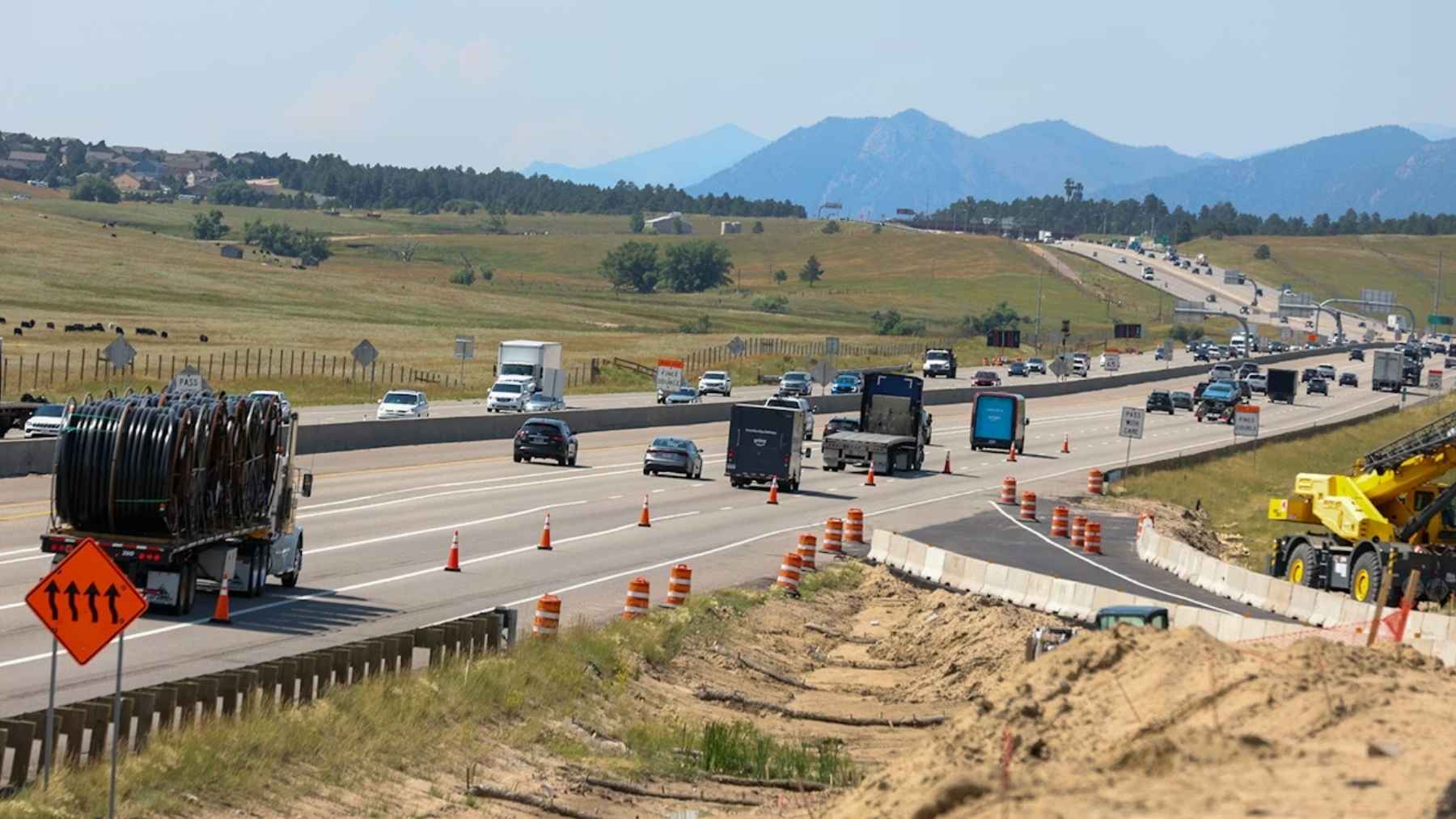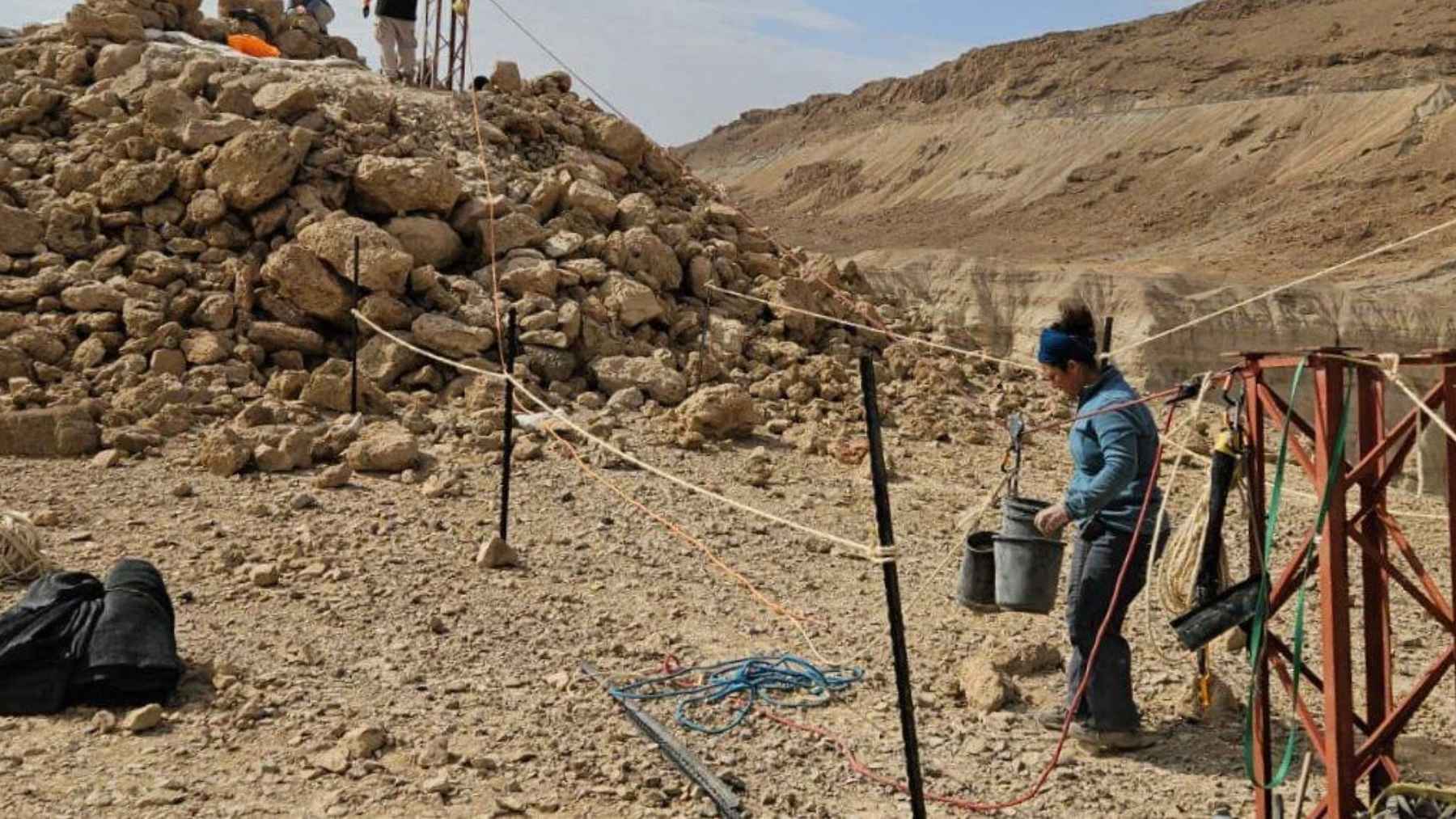Finland has just suddenly overtaken America, Japan and China and introduced the world to the fuel of the future. The most surprising thing of all? It’s not hydrogen, and it’s not the ethanol we are developing in our country. It is an even more powerful source, and one that experts have asked us to pay attention to for the future. They are even producing the first engines, and everything points to the fact that it will be an unstoppable trend that will make the country take the lead.
Finland is clear about the fuel of the future: It’s not hydrogen, but this renewable, toxic source
Currently, Finland has made a giant leap towards the future by establishing a new hydrogen and ammonia plant in Kokkola. This novel project from the companies of Hy2Gen and Flexens will manufacture renewable fuels for a new energy industry as a much-needed replacement for the scarce of renewable resources in mobility across the area.
The plant, to be situated in the Kokkola Industrial Park, will be capable of making 760,000 metric tons of renewable ammonia a year using 1 GW of renewable electricity for hydrogen production by Plug Power at an adjoining site. This project is related to a larger plan for decreasing carbon footprints and implementing effective and efficient solutions for energy consumption.
Kokkola plant’s plan is to make 85 metric tons per day of liquid renewable hydrogen through 1 GW of Plug Power’s PEM electrolyzers. This hydrogen will be used to make 760,000 metric tons of renewable ammonia every year. The plant will be situated in Kokkola, which will enable exports of the ammonia produced to happen easily since Kokkola is near the harbour.
Hydrogen and ammonia fussed? It could be a good option, but we will have to wait until 2027
The plant is planned to start operating by the end of the year 2027, which will be a major step towards financing Finland’s low-carbon future. Flexens, the other major stake in this project, is also expected to develop a green ammonia and hydrogen project in the same region.
This plant will primarily focus on green hydrogen and ammonia generation; the plan is to bring it online before the end of the calendar year 2027. The project was expected to reduce the level of energy dependence and enhance the sector of domestic fertilizers for agriculture (you can remember that we have already developed some similar projects here in America).
The Kokkola project, explained in 6 keys: What you have to know (and why it is so promising)
From CO2 savings to total capacity, there are some keys that can explain the Kokkola project:
- Capacity: The renewable ammonia production capacity at the Kokkola plant will reach 760,000 metric tons per year.
- Renewable Hydrogen: The plant will produce 85 metric tons per day of liquid renewable hydrogen.
- CO2 Savings: The annual reduction of up to 1,220,000 metric tons of CO2 is estimated for the project.
- Land Area: It will be housed on 55-hectare land to be obtained from the Finnish City of Kokkola.
- Start Date: Additionally, the plant should be commissioned by late 2027.
- Partners: Hy2Gen, Plug Power, Flexens, KIP Infra, Kokkolan Energia, Gasgrid Finland, and Nordion Energi are the partners of the project.
Will we have ammonia-powered engines? This is what experts say
Thus, the production of renewable ammonia also has potential for related industries, such as the transportation industry. Renewable ammonia can be used in cars as fuel, which is a more environmentally friendly option in comparison to conventional fuel sources. Ammonia engines for cars have the potential to decrease greenhouse emissions, hence the product will satisfy the environmental concerns of consumers.
The idea of developing ammonia as a fuel could be promising, or it could remain a mere anecdote. At the moment, several carmakers are exploring this option, with a certain optimism that Finland is showing. Moreover, they have even relegated their hydrogen industry (which was not so powerful anyway) to the background. The idea is to continue generating it not only for boats, but also to manufacture the first ammonia car engines, which we had to deny that Toyota was developing.














